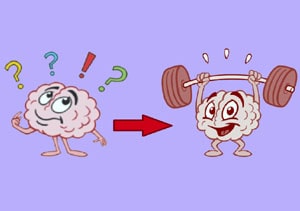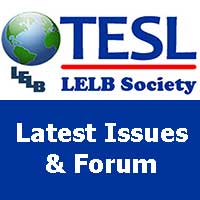Processability Theory in Second Language Acquisition – Best Tips
Processability Theory in second Language Acquisition with simple explanations for language teachers, educators and second language researchers. Processability Theory During the 1980s, an attempt was made to create a broader-based sequence of development, first called the ‘multidimensional model’, later the ‘processability model’, which believed that the explanation for sequences must lie in the expanding capacity…


